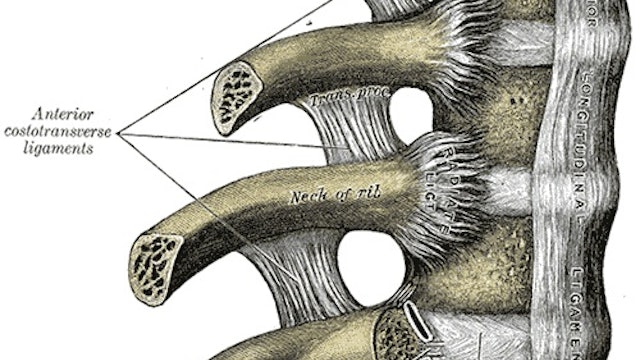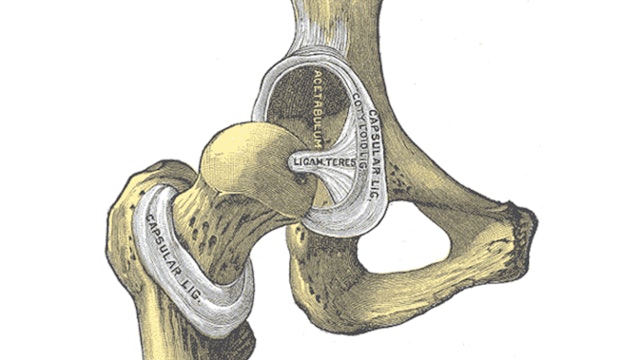Anatomy Basics
Join Anatomy Trains author Tom Myers for this introduction to basic anatomy. This online course will help yoga teachers and students alike learn anatomy in a holistic, relational, and practical way. You’ll begin with a new way to map the body in terms of cells, the fascial fabric, and the neuromuscular system that creates the foundation for kinesthetic literacy. Tom teaches you how to identify common postural patterns, as well as strategies for cueing to awaken parts of the body that may need work. You’ll travel from the arches of the feet and legs; to the fans of muscle around the hip, adductors, and the psoas; into an exploration of deep breathing involving the abdomen, diaphragm and the rib basket; along the springy spine; into how the the shoulders drape over the ribs; and ending with the neck, head, and jaw. This course asks the question how are we shaped, and what shapes us.
You’ll learn a new way of seeing anatomical patterns through Tom Myer’s unique approach to body reading and postural assessment, and you’ll discover how yoga, movement, and fascial release might be best used to unwind those deeply ingrained patterns and invite structural and functional integration. The result: increased vitality, balance, grace, and ease.
While this course is guided by Myers’ pioneering work on anatomy trains, it is not an online companion to his book. Rather, this course applies the wisdom of Myers’ system to reading bodies, cueing poses, and teaching and practicing yoga.
Course objectives:
Understand the basic arrangement of bones, muscles, joints, and fascia relative to six regions of the body.
Understand why fascia is important to the body, yoga, and how it works in stretching as well as ,strengthening, injury, and recovery
Learn how to read bodies and assess postural patterns in many yoga poses
Develop strategies for addressing common postural patterns and other things noticed during body reading and postural assessment
-
Intro to Fascia and Biotensegrity
1 item
Based on the work of Buckminster Fuller and Stephen Levin, biotensegrity is an important foundational principle of
the Anatomy Trains myofascial meridians, relating to how forces of tension and compression contribute to bodywide
fascial patterns. -
Feeling your Way through Fascial Layers Guided Experiential
Anatomy Trains author Tom Myers takes students through a tour of fascial anatomy through an experiential partner exercise, all the way from the superficial layers to the bone.
-
BodyReading
1 item
Anatomy Trains author Tom Myers delivers BodyReading postural assessment summaries, highlighting the skeletal geometry of common patterns,
and where soft tissue is either eccentrically loaded (locked long) or concentrically loaded (locked short) and what manual and/or movement strategies
might ...










